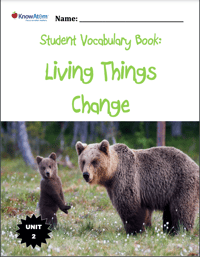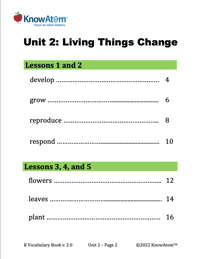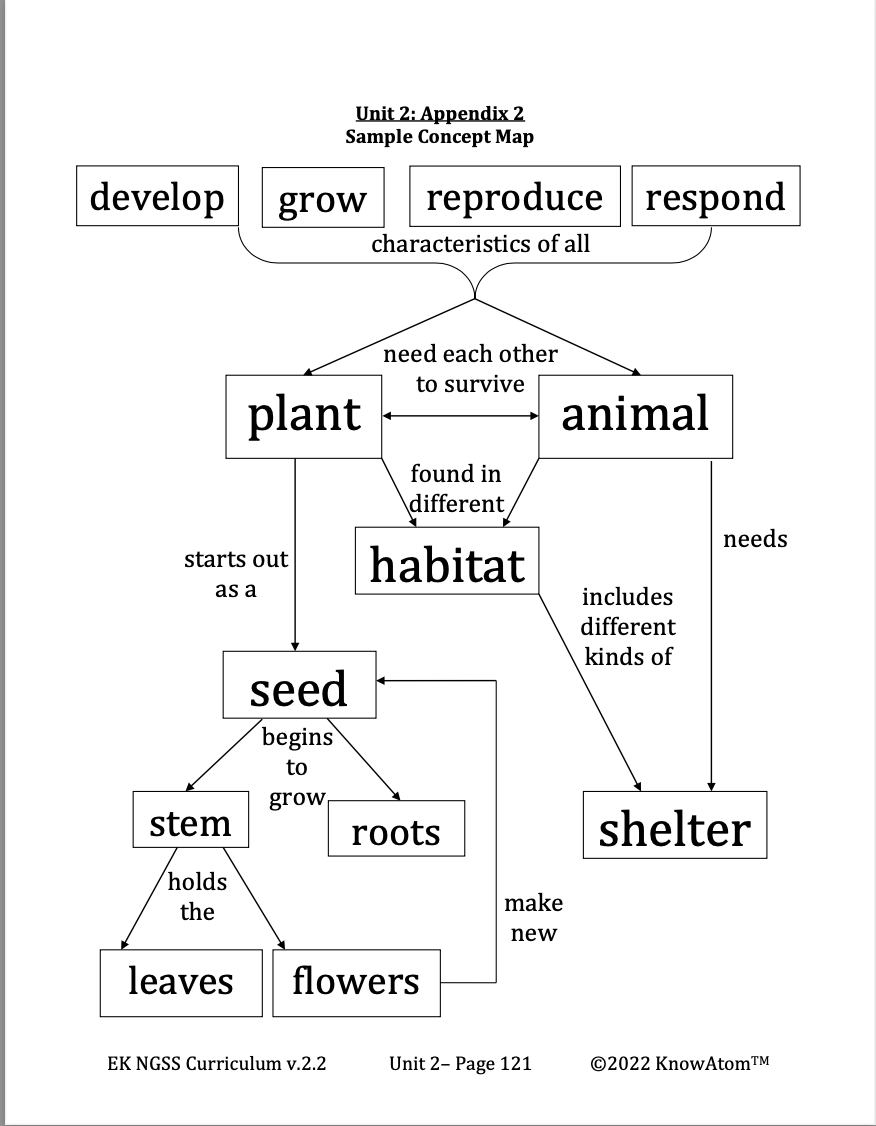In this lesson, students create models of adult sunflower plants to explore how plants have different parts that help them get what they need to survive. Students will use their understanding of plant parts and plant survival as they continue to learn about how plants grow and what they need to grow.









